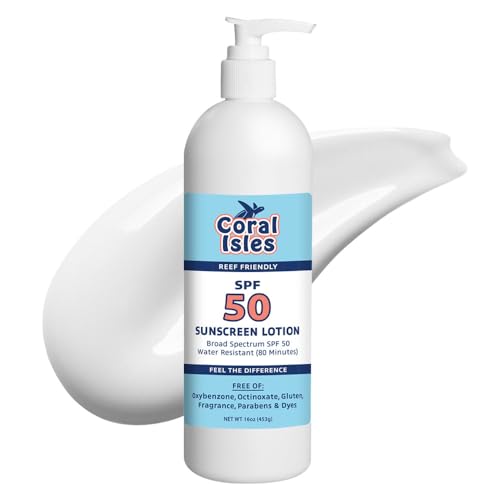Saltyfish
Banned
Do you think you can put in a closed loop without having to drill?
If I go over the top of the tank on one end I could do it. I am actually looking at drilling the suction line and puting the return over the top.
Another way is if I can fit a mag18 into my overflow box then I will do a small closed loop over the top.
I might get the 630 gallon shipped to the house and set it up in the garage so I can design a nice closed loop on that.
After talking to other reefers and seeing what they have set up such as Dang's tank he has 18,000 GPH through his using tunze's that will add up in electricity so might be worth it to look at a closed loop for a bigger tank rather than use a ton of powerheads.
I am still not deciding on anything yet until I get some answers from manufactures.


































































